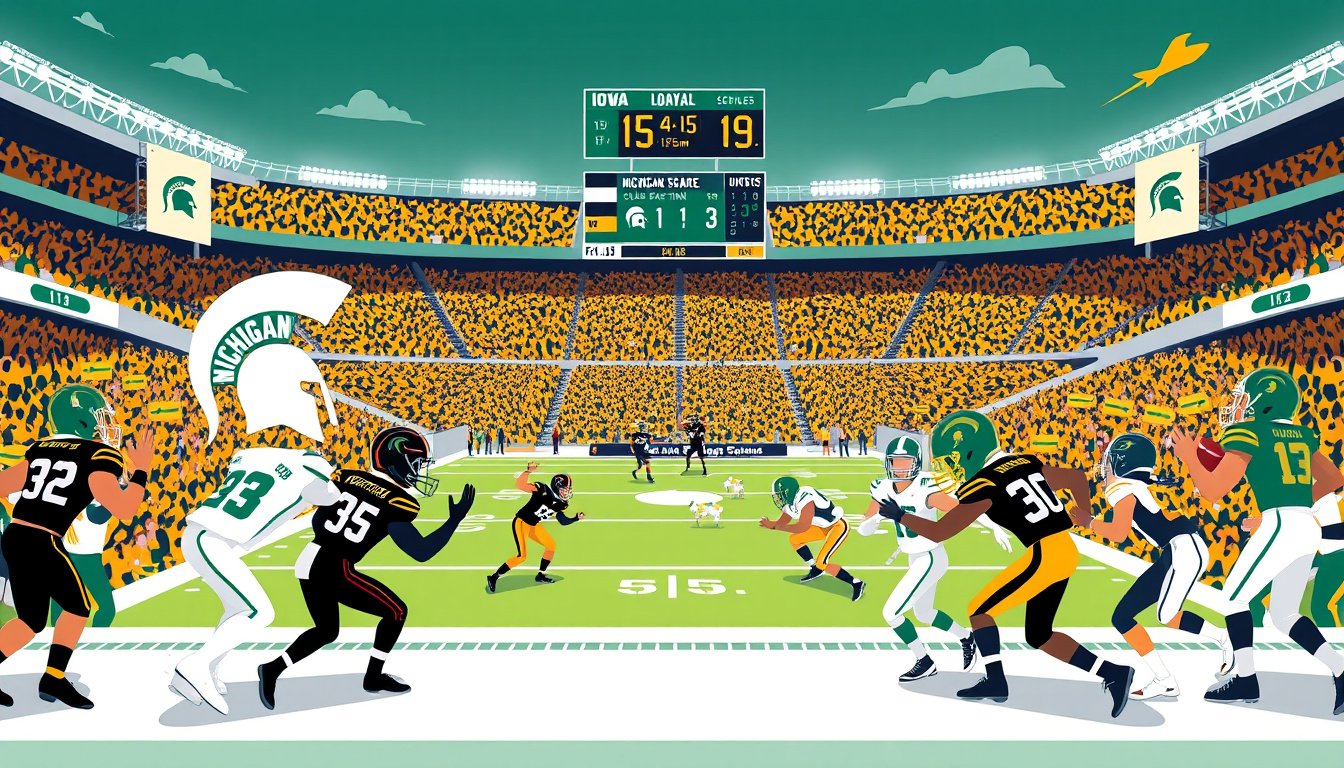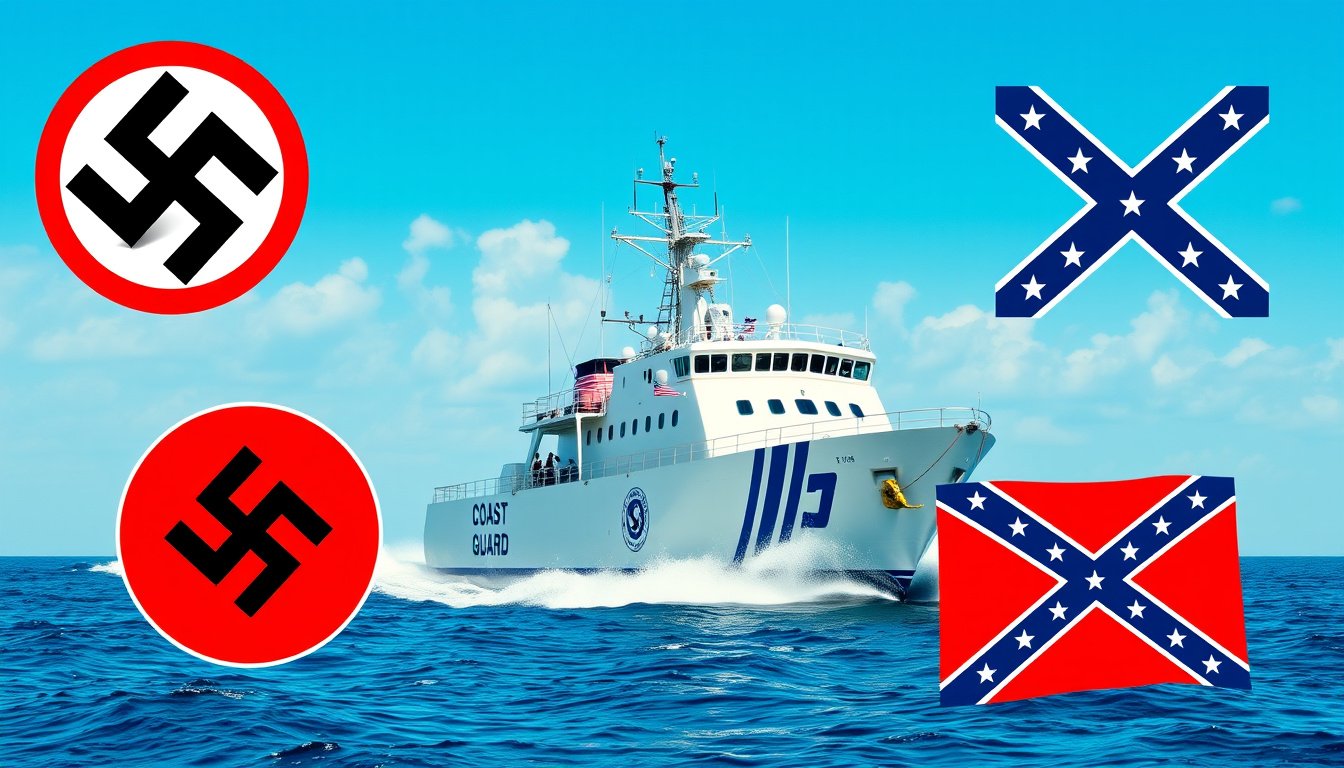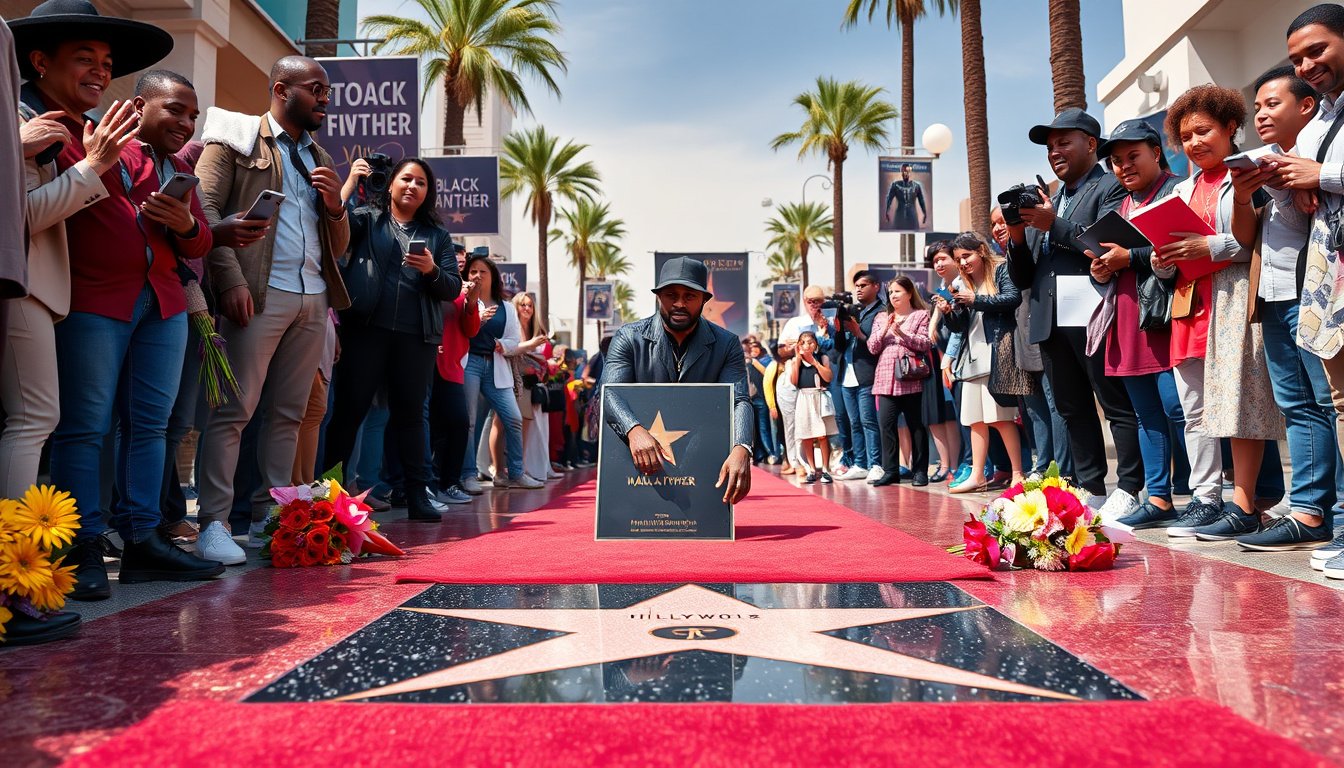In late 2025, the political landscape surrounding former President Donald Trump became increasingly volatile following his controversial decision to deploy federal troops in Washington, D.C., and an equally contentious shift within the U.S. Coast Guard involving the reclassification of historically charged symbols. These developments underscore the broader tensions between national security, political symbolism, and evolving military policies under the tail-end of the Trump era.
Legal Backlash Over Troop Deployment in D.C.
At the center of recent disputes was Trump’s order to federalize 800 National Guard troops in the nation’s capital during the summer months, a move intended to address what he described as rampant crime, immigration challenges, and homelessness. However, crime statistics for 2024 revealed a significant 35% decrease in violent incidents in D.C., casting doubt on the necessity and legality of the military presence.
U.S. District Judge Jia Cobb ruled that the Pentagon had exceeded its authority by deploying armed forces on non-military, crime-deterrence missions without approval from local government leaders. This judgment emphasized the importance of respecting the civil-military balance and limiting unnecessary militarization of domestic environments for politically charged reasons.
Coast Guard’s Controversial Shift on Hate Symbols
Simultaneously, the U.S. Coast Guard, which operates under the Department of Homeland Security rather than Defense, adopted a new policy reclassifying the swastika, Confederate flag, and other historically divisive symbols. Notably, the swastika—irreversibly linked to Nazi ideology and extreme white supremacy—would no longer be officially labeled a hate symbol but rather a “potentially divisive” emblem.
This decision aligns with controversial actions earlier in the Trump administration, including the firing of Admiral Linda Fagan, the Coast Guard’s first female commandant, due to her focus on diversity and inclusion efforts. The move to relax standards on symbols traditionally associated with hate has sparked fears about legitimizing extremist views and undermining ongoing efforts to curb racism and harassment within military ranks.
The Intersection of Military Culture and Political Influence
These developments illuminate a broader struggle within U.S. military and federal institutions amid Trump’s influence, raising questions about the role of bias and political agenda in shaping national security policies. The redefinition of hate symbols in a military branch while simultaneously militarizing a domestic urban area during a period of diminished crime reflect a departure from conventional military norms and legal constraints.
Furthermore, ongoing tensions, such as disputes involving federal prosecutors tied to Trump and inflammatory rhetoric encouraging discipline within the military, demonstrate a fracturing institutional environment increasingly permeated by partisan conflict and extremism.
Conclusion
The controversies surrounding Trump’s troop deployments in Washington, D.C., and the Coast Guard’s reclassification of the swastika symbolize a turbulent chapter in America’s grappling with the intersection of military authority, civil liberties, and cultural symbolism. As legal challenges mount and communities react to shifting policies, the nation faces critical questions about safeguarding democratic principles and the military’s integrity in an era marked by polarization and ideological redefinition.










